Shop Ingredients
How this works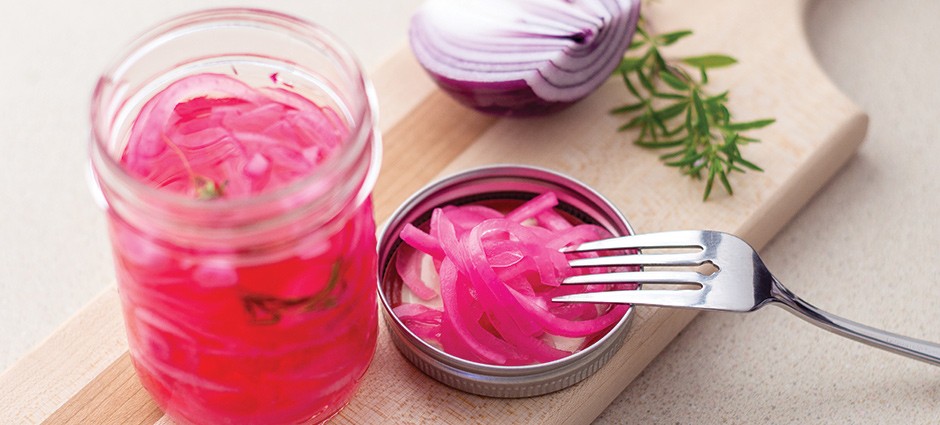
Servings: 1 quart
Equipment
- Fermentation vessel: 1 quart or larger jar
Ingredients
- 3 red onions, sliced
- Unrefined sea salt
- Juice of 3 limes
- 1 tablespoon lime zest (optional)
Instructions
- With a stainless-steel knife, trim onions by making shallow, cone-shaped cuts on both ends. Peel away the papery outer layers of skin and any damaged or discolored layers. With the same knife or a mandoline, thinly slice onions crosswise to make rings. Transfer to a large bowl, and sprinkle in 1 tablespoon of the salt, working it in with your hands. Taste, and sprinkle in more salt as needed to achieve a salty flavor that’s not overwhelming. Add lime juice and optional zest to increase flavor.
- At this point there is brine building at the bottom. Press your onions into a jar or crock. More brine will release at this stage, and you should see brine above the onions. Top the ferment with a quart-sized ziptop bag. Press the plastic down onto the top of the ferment, and then fill it with water and seal; this will act as both follower and weight.
- Set aside on a baking sheet to ferment, somewhere out of direct sunlight, and cool for 7 to 14 days. Check daily to make sure onions are submerged, pressing down as needed to bring the brine to the surface. You may see scum on top; it’s generally harmless, but if you see mold, scoop it out.
- You can start to test the ferment on day 7. It’s ready when the onions are translucent, have lost their sharp bite and are pickle-y tasting without the strong acidity of vinegar.
- Store in jars, leaving as little headroom as possible, and tamping the onions down under the brine. Tighten the lids; then store in the fridge. This ferment will keep, refrigerated, for 18 months.
Notes
Excerpted from Fermented Vegetables by Kirsten K. Shockey and Christopher Shockey. Used with permission of Storey Publishing.
Tried this recipe?Mention @WPRecipeMaker or tag #wprecipemaker!
Rate This Recipe
Share this Post
DID YOU MAKE THIS RECIPE?
Leave a comment below and share a picture on Instagram with the hashtag #livenaturallymagazine

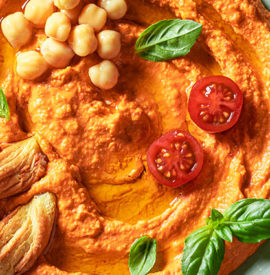
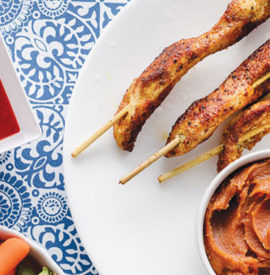
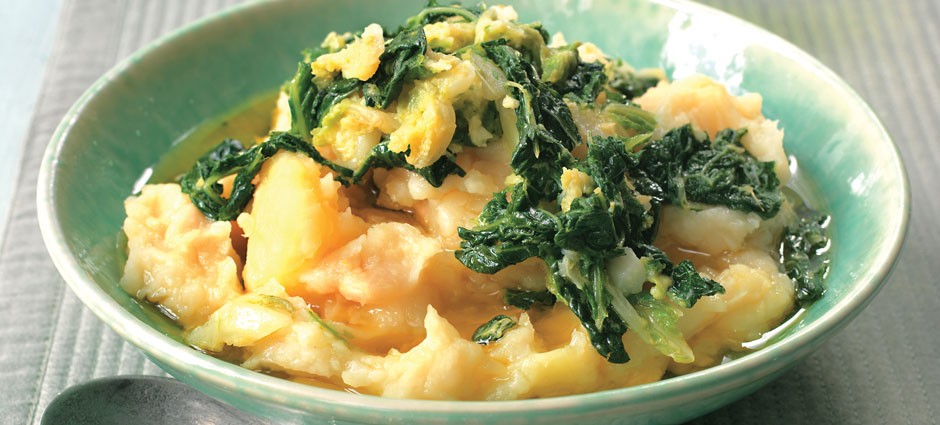
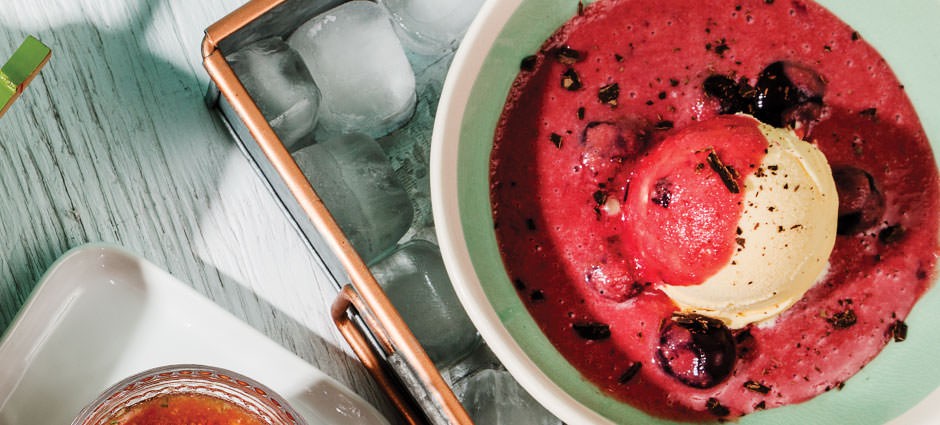
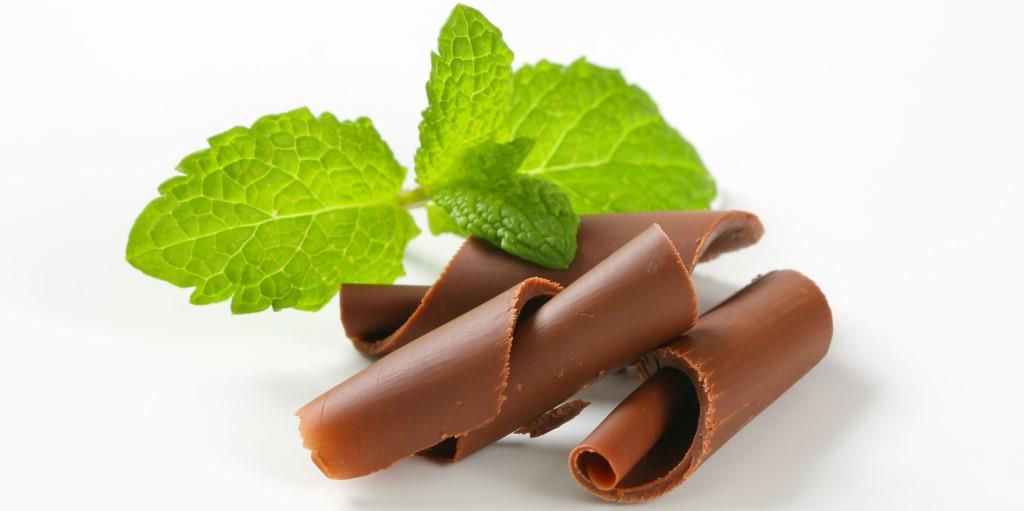
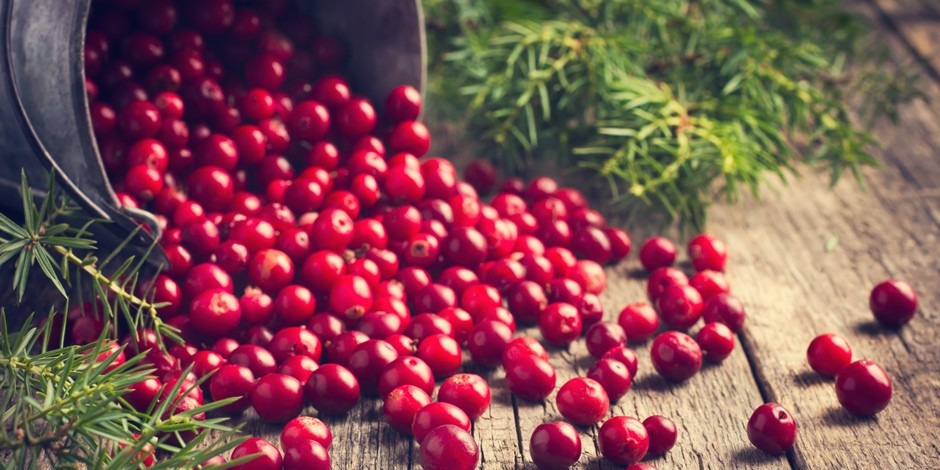
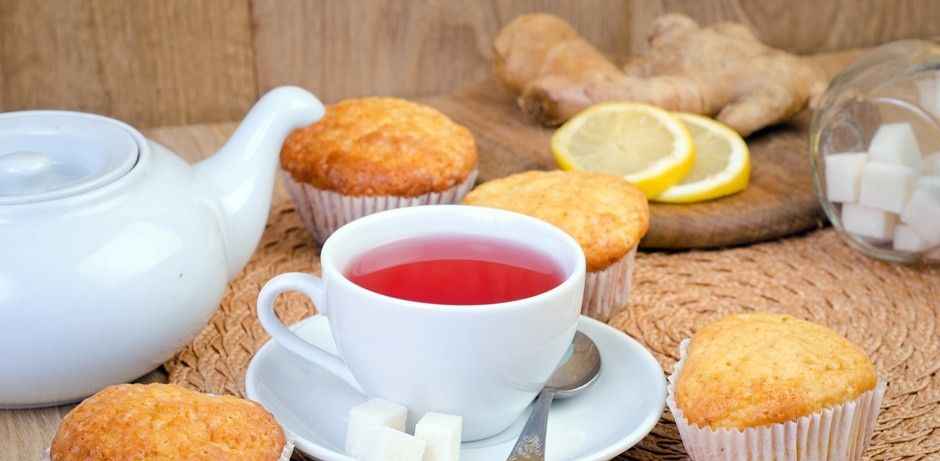
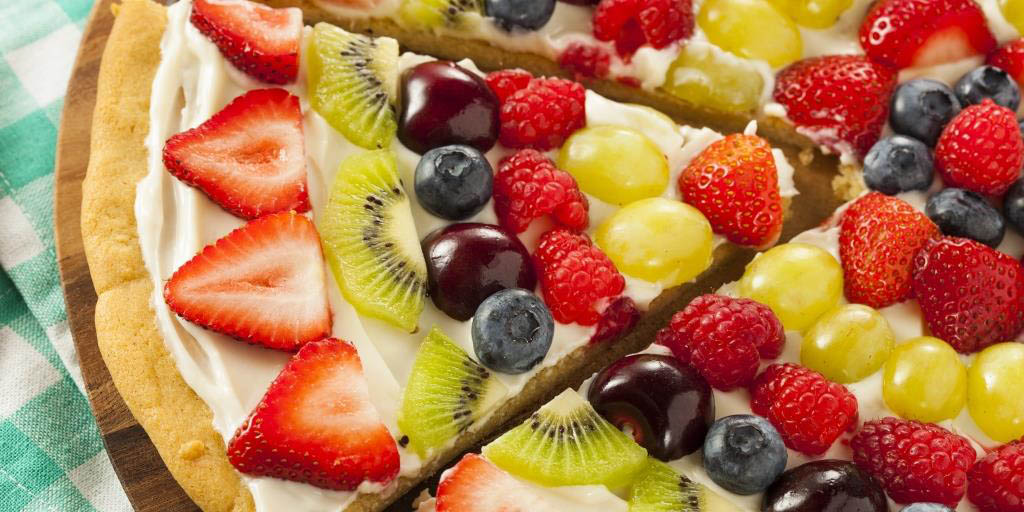
Comments